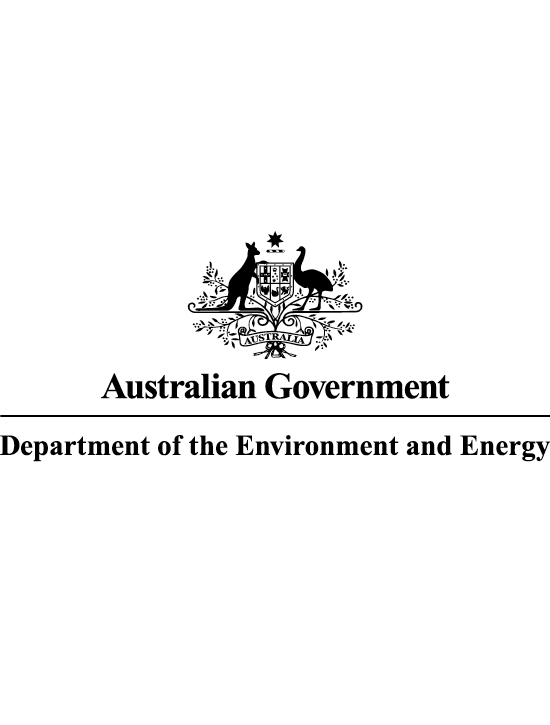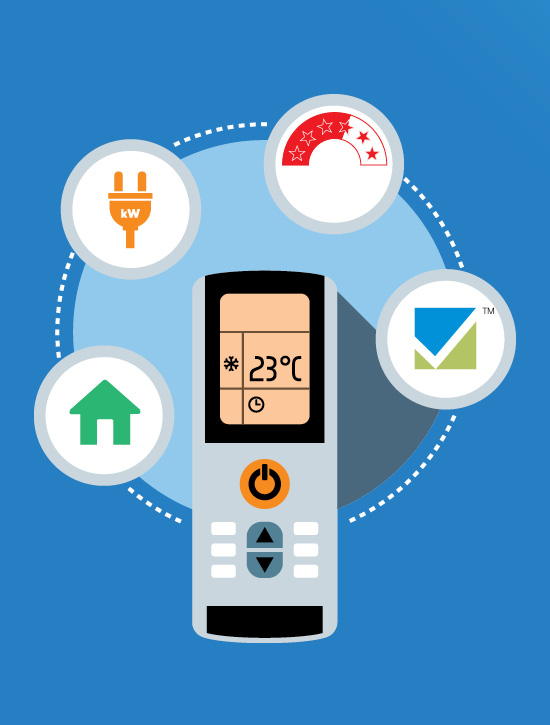 |
Reducing regulatory burden: changes to the permit scheme in 2018 |
||||

|
In 2016, a review of the Ozone Protection and Synthetic Greenhouse Gas Management Program - including the refrigeration and air conditioning (RAC) permit scheme - was completed by the Australian Government Department of the Environment and Energy. The review followed extensive consultation with RAC industry stakeholders through public consultation and targeted consultation with industry representatives. Outcomes of the review identified a number of measures to be implemented. Specifically, two measures relate to the RAC permit scheme. |
|||
|
|
||||
87,000 strong - RAC permit holders keeping Australia cool |
||||

|
Support for the refrigeration and air conditioning (RAC) permit scheme has never been stronger with total permit holders (individuals and businesses) recently
ticking over to 87,000 Australia-wide - the highest ever. The 2016-17 financial year alone saw an additional 4,797 licence and authorisation holders join the scheme. In an environment of changing refrigerants, this continued support reflects industry's commitment to raising the level of skills, while delivering real environmental outcomes. |
|||
|
|
||||
Do the RTA checklist this summer |
||||

|
Follow the refrigerant trading authorisation (RTA) checklist to make sure your business is in prime position to capitalise on the busy summer ahead. The checklist is a reminder to RTA holders about ensuring their authorisation is current, their employees have current refrigerant handling licences, as well as information on advertising and free promotional items. |
|||
|
|
||||
R32 refrigerant: FAQs you should know |
||||

|
R32 is a hydrofluorocarbon (HFC) refrigerant with a lower Global Warming Potential than R410a. R32 has been adopted by various global air conditioning manufacturers as an alternative to R410a, as it has virtually
the same operating pressures as a R410a system. However, R32 is a Class A2L refrigerant, which all have lower flammability and lower toxicity, but are not explosive. Therefore the R32 refrigerant, and the systems designed for it, will present significant changes to the tools, working practices, component standards and workplace safety considerations relating to repair, service and refrigerant recovery. |
|||
|
|
||||
250,000 customers building your business |
||||

|
Last year, Australian Refrigeration Council (ARC) advertising directed over 250,000 people to the licensed refrigeration and air conditioning business directory website www.lookforthetick.com.au The annual ARC summer advertising campaign further educates consumers on the importance of using refrigeration and air conditioning (RAC) licensed technicians, in addition to promoting the refrigeration and air conditioning industry to the Australian community. This summer's advertising campaign will use a variety of cost-effective marketing strategies including: search engine marketing, online advertising, Google AdWords and Facebook advertising. | |||
|
|
||||
The future looks bright - young fridgie cool in the heat |
||||

|
The outstanding performances of the 2017 'Skillaroos' and their experts at the 44th WorldSkills International competition in Abu Dhabi has propelled Australia into the top 10 skill nations in the world. Nathan McHugh, Australia's refrigeration competitor, scored 84.91%, and came 7th out of 23 competitors. Nathan, who was a student at TAFE Qld SkillsTech and employed by DTM Air Services in southern Queensland, was awarded a Medallion of Excellence for his performance in the 4-day competition. | |||
|
|
||||
Annual indexation to application fees |
||||

|
Under the Ozone Protection and Synthetic Greenhouse Gas Management Regulations 1995, Regulation 346 provides for the annual indexation of permit application fees. The annual indexation formula uses the Wage Price Index (WPI) figures published by the Australian Bureau of Statistics. Consistent with the WPI figures released in November 2017, RAC licence application fees will increase by 2.006 per cent from 1 January 2018. | |||
|
|
||||
Retailers spreading the ARCTick message this summer |
||||

|
Over the last 5 years the ARC has distributed the consumer-focused ARC Air Con Checklist to refrigeration and air conditioning (RAC) retailers Australia-wide, to reinforce the need for
consumers to use RAC licensed technicians. The questions in the checklist help retail sales staff and customers to think of the important factors that influence a unit's performance. | |||
|
|
||||
The Ozone hole - what's the latest? |
||||

|
The Australian Government's Ozone Protection and Synthetic Greenhouse Gas Program and the associated refrigeration and air conditioning licensing scheme protect the Earth's ozone layer in the
upper atmosphere from ozone depleting substances (such as CFCs and HCFCs) and protect the climate system by reducing synthetic greenhouse gas emissions (such as HFCs). Ozone in the stratosphere (15 to 30 kilometres above the Earth's surface), absorbs a large part of the sun's biologically harmful ultraviolet (UV) radiation that can lead to skin cancer, cataracts and a suppressed immune system. These harmful UV rays also damage terrestrial plant life and aquatic ecosystems. | |||
MORE NEWS |
||||
National scheme: invisible borders » read more
Hard rubbish/easy refrigerant recovery » read more
ASQA: student experience to influence RTO audits » read more
|
||||
|
||||
Website: www.arctick.org | ARC Hotline: 1300 88 44 83 |
||||
|
© 2017 Australian Refrigeration Council | All Rights Reserved. Locked Bag 3033, Box Hill, Vic, 3128 | Phone: 1300 88 44 83 | enquire@arctick.org Click here to un-subscribe from our mailing list. |
 |
|||